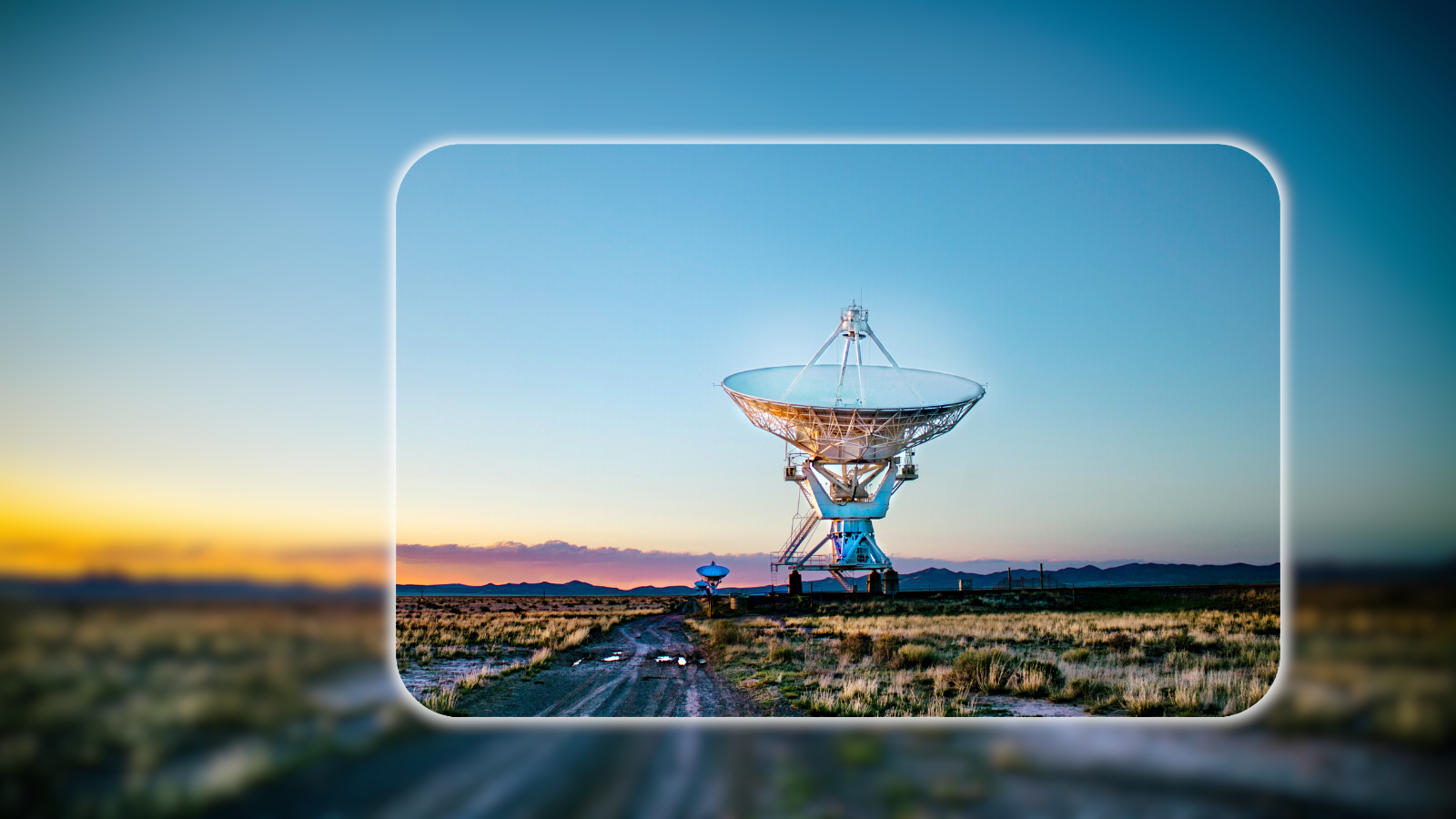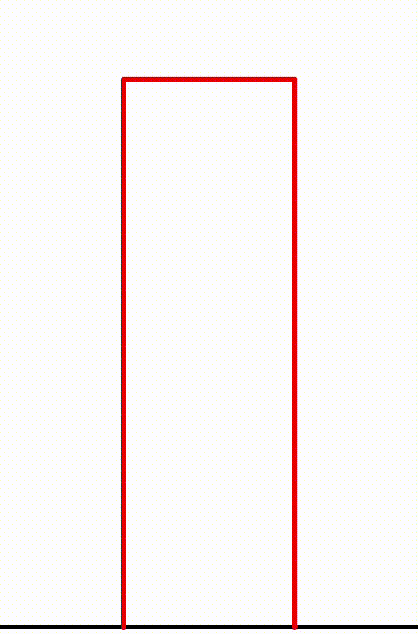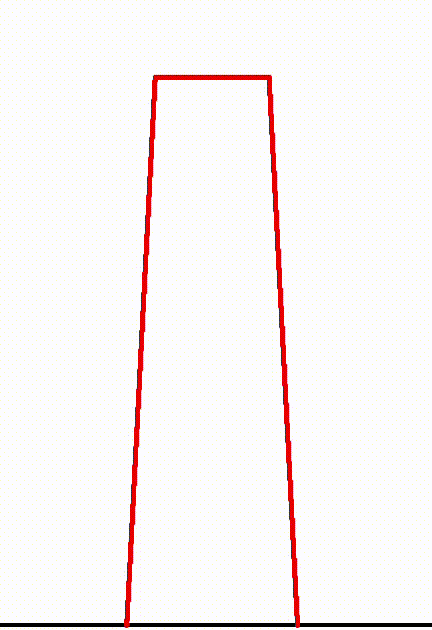Jeffrey A. Zapfe
Principal

Early in my career at Acentech I had the opportunity to work on a telescope vibration project alongside my colleague and mentor, Eric Ungar. One of our clients had a telescope that was experiencing image jitter due to vibration. As I was thinking about the measurements, it seemed pretty straightforward: measure the vibrations while we turned things on and off to see what the source was. When I talked to Eric about it, he said “Not so fast, we really want to measure rotation because pure translational motion (back and forth) does not affect the image because the object is so far away.” The image appears to move because of micro-rotations of the base, not translations.
I worked through the math and was finally able to convince myself, that to no great surprise (based on experience), Eric was correct. The telescope image is not affected by pure translation. This result is certainly not intuitive, and it takes a little time to convince oneself that this is indeed the case.
Fortunately, this is something that we can demonstrate fairly easily, even without a telescope. The first thing we need is a base that produces pure translation without rotation. As it turns out, a stiff plate supported by flexible legs will do this as long as the legs are parallel to each other.
This is a finite element simulation of a plate with parallel legs. You can see that the plate motion moves back and forth without rotation.

If the plate is shorter so that the legs are not parallel, the back and forth motion also has a clear rotation associated with it.

It was fairly simple to build a test rig in our model shop that could be configured to have parallel and non-parallel beams. These are photos of the two configurations attached to a park bench.
I then attached a camera to the plate and pointed it straight up to look at the sky which happened to have some very nice fluffy cloud “targets”. This is a video of the no-rotation rig moving with the camera on it. The back and forth motions are very obvious and you can also see that there is very little rotation of the plate (within the limits of my machining skill at least).
This is the video shot from the camera on the test rig. You can see the clouds drifting by and you can even see an airplane contrail in the lower left of the frame. But the image is essentially jitter free, just as Eric predicted.
I then tested the non-parallel configuration where there would be significant rotation induced. This is the video of the test rig and you can clearly see the rotation of the camera as it moves back and forth.
This is the video from the camera that was shot during this test. The image jitter is quite obvious and is quite a contrast to the no-rotation test.
Working with Eric has been one of the highlights of my career at Acentech. When it came to telescope vibration (as was the case with most things) Eric knew exactly what was critical and what wasn’t.
Or, as Eric might say, “The rotation is most important, the jitter gets lost in translation.”